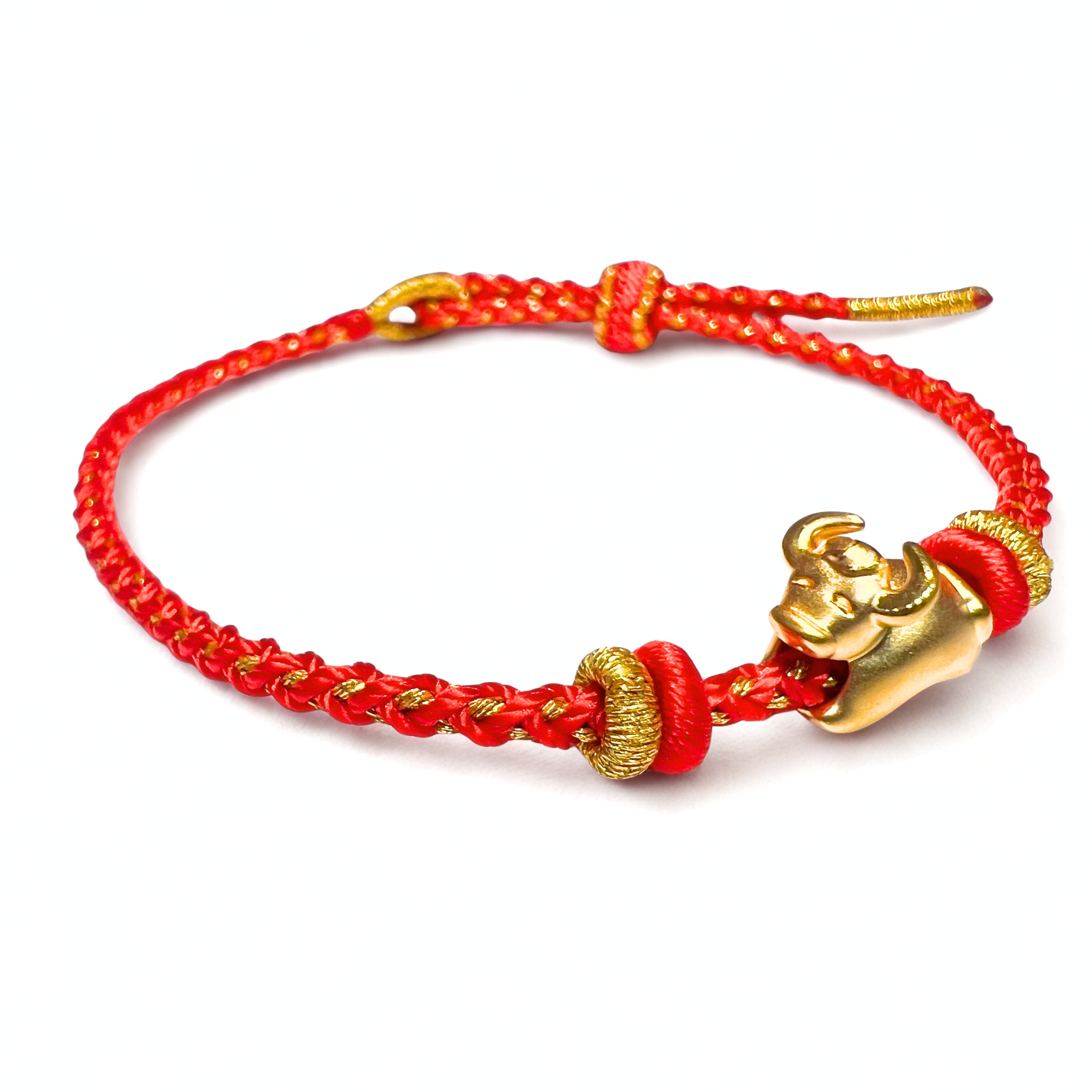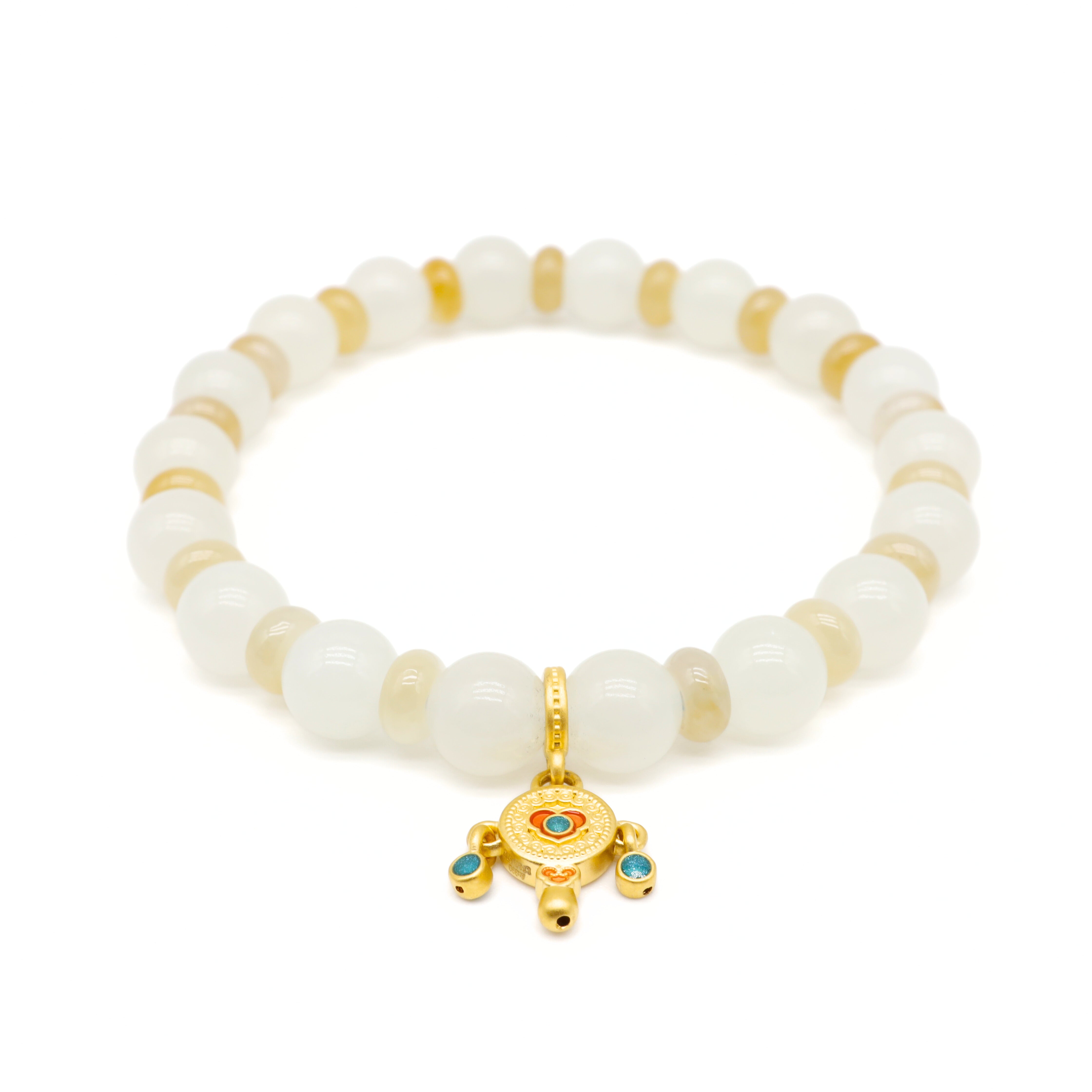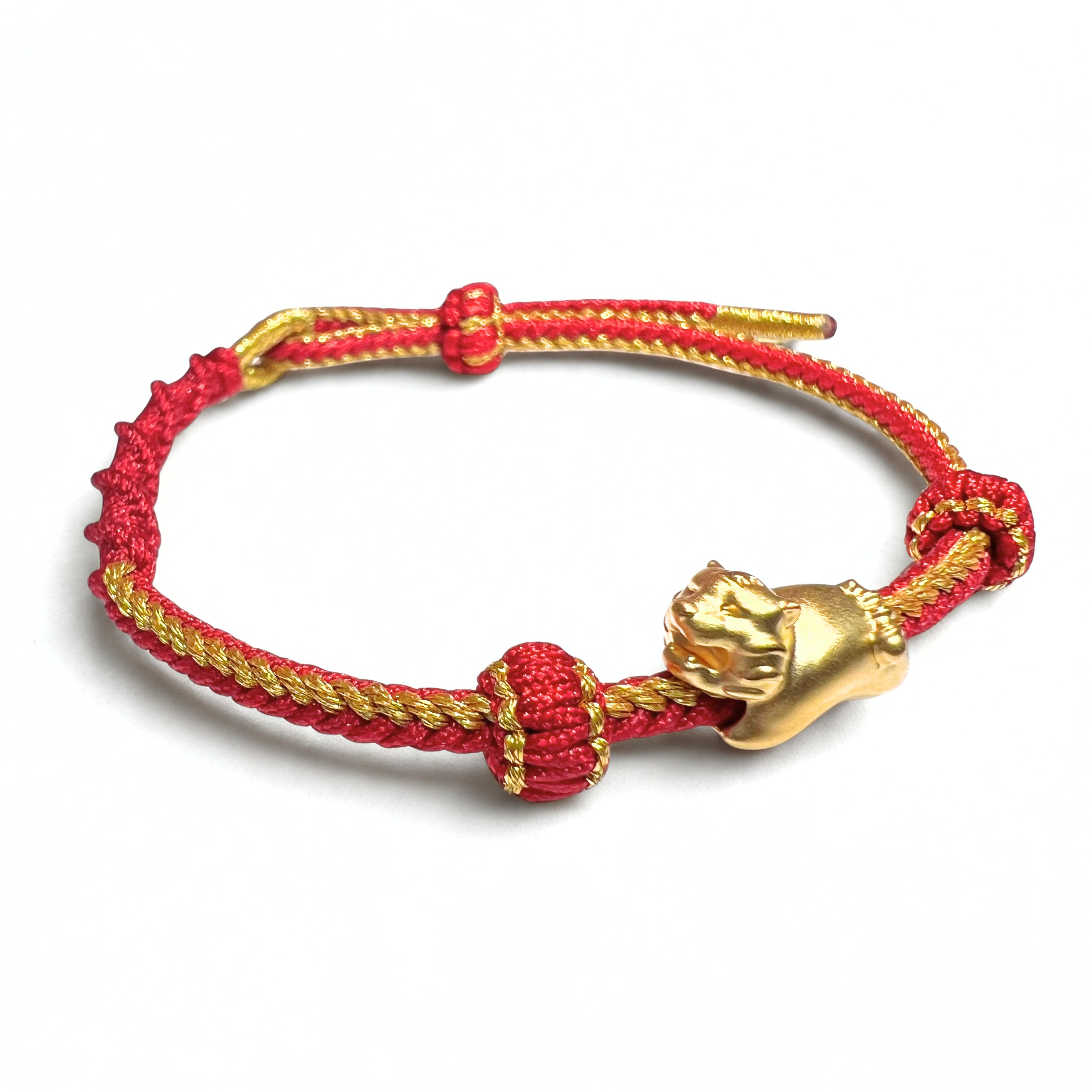Lab-Grown Diamonds
Modern brilliance with a sustainable touch. Lab-grown diamonds are real diamonds—chemically, physically, and optically identical to mined ones—but created using advanced technology that replicates nature’s process. They deliver exceptional beauty, transparency, and value.

What Is a Lab-Grown Diamond?
Lab-grown diamonds are cultivated in controlled laboratory environments using two main methods—HPHT (High Pressure High Temperature) and CVD (Chemical Vapor Deposition). Both methods mimic the natural formation of diamonds deep within the Earth, ensuring the result is 100% genuine carbon crystal, not imitation.
They exhibit the same hardness, sparkle, and durability as mined diamonds, but come with enhanced traceability and sustainability.
How Lab-Grown Diamonds Are Created
Lab-grown diamonds share the same crystal structure, brilliance, and hardness as natural ones—but are formed in state-of-the-art laboratories that replicate the Earth's process in a controlled environment.
- Seed Selection: A tiny slice of a pure diamond—called a “seed”—is chosen as the foundation for growth.
- High Pressure, High Temperature (HPHT): The seed is placed into a chamber that replicates the Earth’s natural conditions with extreme pressure and heat, encouraging carbon atoms to crystallize.
- Chemical Vapor Deposition (CVD): Alternatively, the seed is grown layer-by-layer in a vacuum chamber filled with carbon-rich gas, forming a diamond crystal atom by atom.
- Crystallization & Cooling: Over weeks, the carbon bonds tightly, creating a real diamond identical in composition to mined ones.
- Cutting & Polishing: Skilled gem cutters finish the stone, revealing the same fire, sparkle, and brilliance you expect from any natural diamond.

Lab-Grown vs. Natural Diamond
| Aspect | Lab-Grown Diamond | Natural Diamond |
|---|---|---|
| Origin | Created in a controlled environment using science and technology. | Formed deep underground over billions of years through natural pressure and heat. |
| Appearance | Identical brilliance, fire, and hardness—visually indistinguishable. | Unique natural inclusions and growth patterns. |
| Price | Typically 30–50% more affordable for the same grade and carat. | Higher due to rarity, mining, and market demand. |
| Ethics | Conflict-free, sustainable, and eco-conscious production. | May involve complex mining supply chains; verified through certifications like GIA or Kimberley Process. |
| Value | Best for customers prioritizing design and sparkle over long-term rarity. | Traditionally valued as a natural rarity with historic significance. |
See the Difference — Natural vs. Lab-Grown
Drag (or use ← → keys) to compare. Both are real diamonds—this tool simply shows how cut, lighting, and photography can affect appearance.

 Natural
Lab-Grown
Natural
Lab-Grown
Why People Choose Lab-Grown Diamonds
🌿 Sustainable & Ethical
No mining, no environmental disruption—just pure innovation. Perfect for those who care about responsible luxury.
💎 Bigger Diamond for Your Budget
Enjoy a larger, higher-quality stone for the same investment—ideal for engagement rings and custom pieces.
✨ Certified & Traceable
Every lab-grown diamond we offer is independently graded by GIA or IGI with full transparency.
FAQs
Is a lab-grown diamond real?
Yes. It’s identical in composition and appearance to a mined diamond. The only difference is the origin.
Can a jeweller or tester tell the difference?
No — not without specialized lab equipment. Both are pure carbon crystals with identical optical properties.
Do lab-grown diamonds hold value?
They offer exceptional upfront value and beauty, ideal for clients focused on brilliance and budget efficiency rather than rarity.





